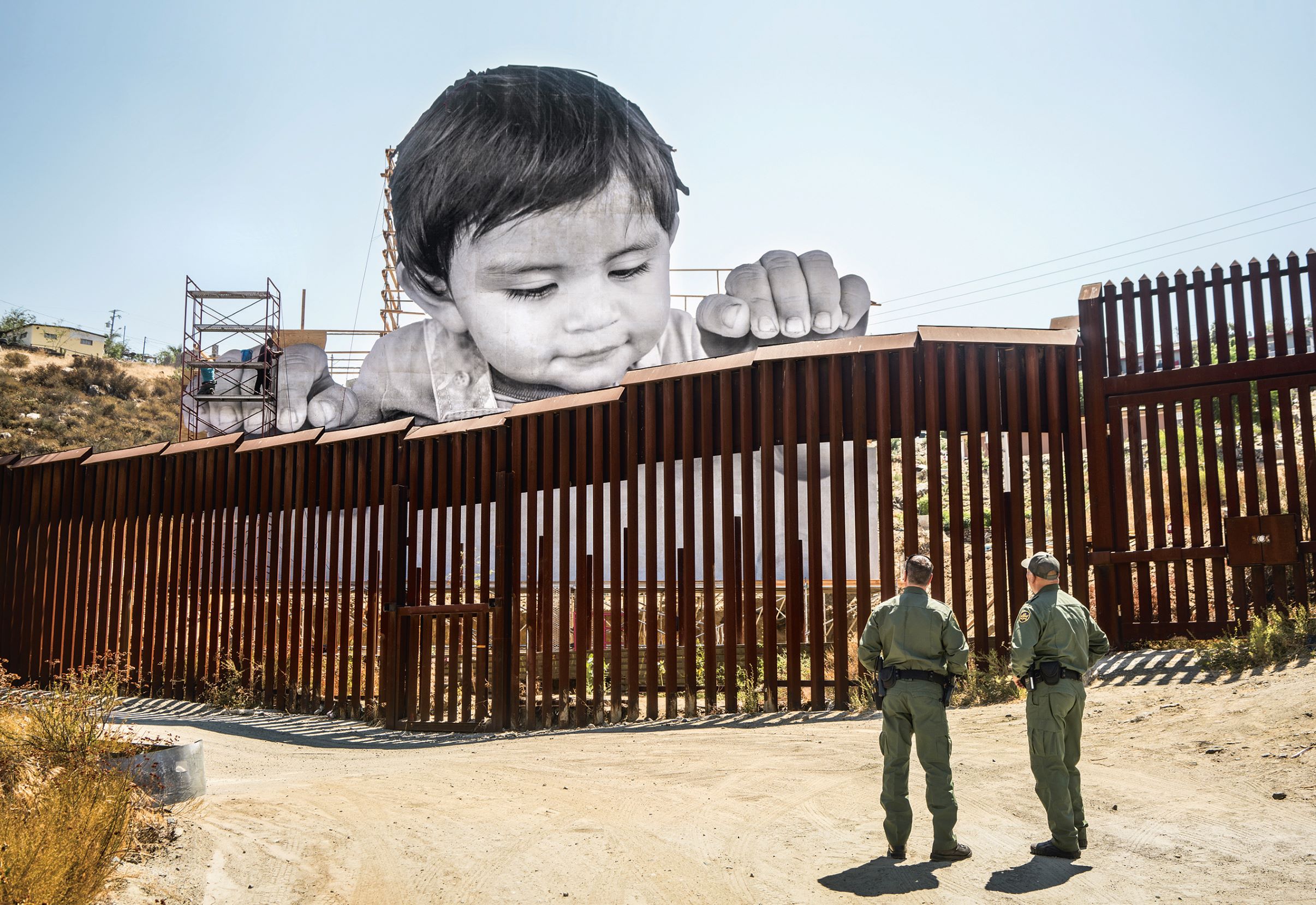
How JR went global
In our newly expanded edition of JR: Can Art Change the World? we explain why he focused on the flashpoints
When we first published JR: Can Art Change the World?, three years ago, the French artist’s global reach was just becoming clear. Since then, he has achieved a level of worldwide recognition few within the gallery system dream of. How did he manage to straddle the continents, and bring together such disparate groups as anti-government protestors in Tunisia, gun rights activists in the US, immigrant laborers across the world, and Black Lives Matter campaigners in the big American cities?
A good part of the answer can be put down to his simple, yet effective use of participants and their portraits, according to Nato Thompson, curator and author of our newly revised and expanded version of the book.
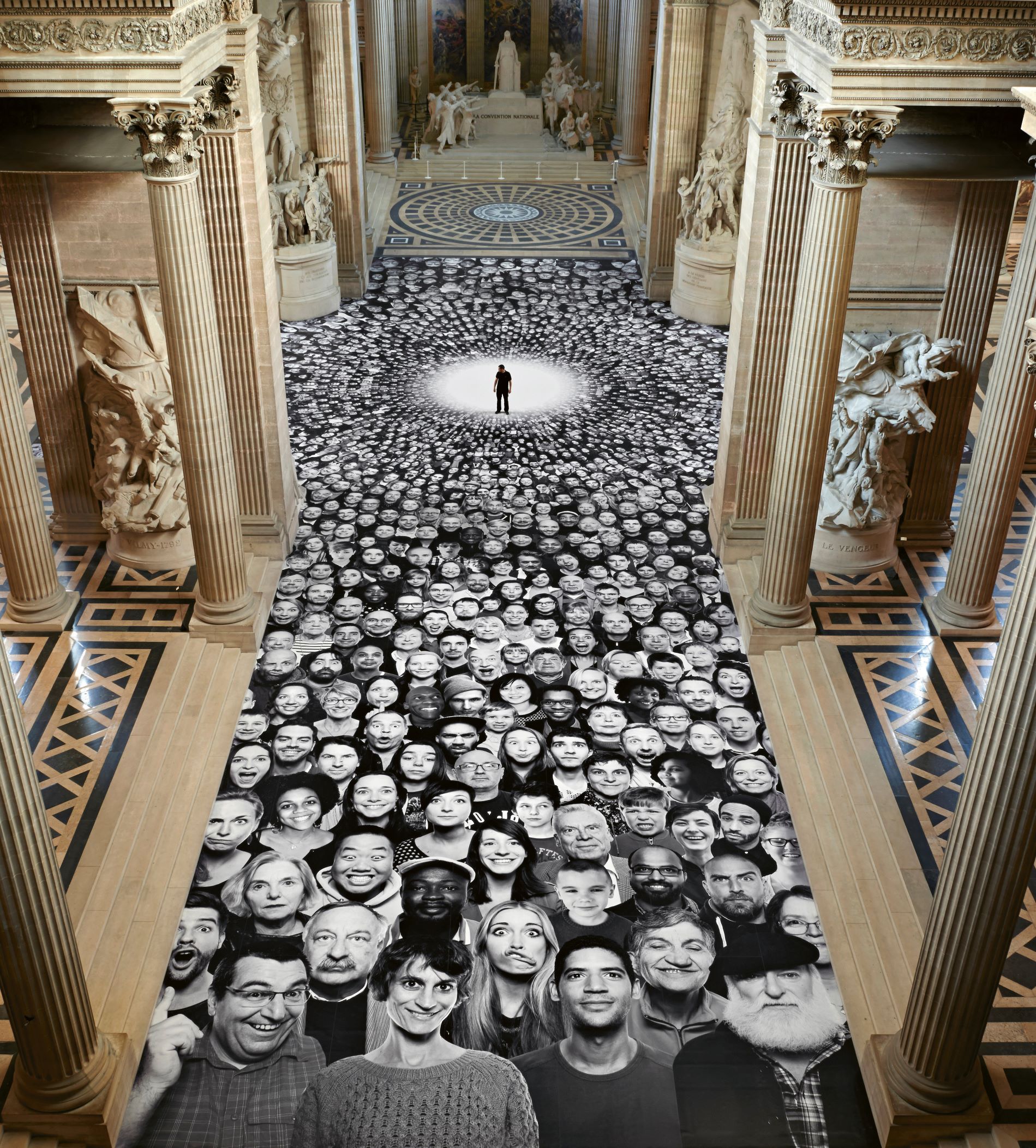
“In 2011 JR received the TED Prize for his works,” explains Thompson. “It was a first in many ways, as JR was not only the youngest recipient of the $100,000 prize but also the first artist. The prize offered the opportunity for JR to launch Inside Out, a massive global participatory project.
“The idea was simple and the results unpredictable. As opposed to JR being the instigator of his documentary-style ‘street’ work, he would turn the camera over to a global audience. He set a few simple rules: potential participants had to organize themselves into a group of at least five; they would need a statement; the images would need to be individual portraits, ideally expressive ones, and the photographers would need the permission of those they photographed.
Participants would send the portraits electronically to JR’s studio in New York and, if they lacked money for materials, the Inside Out project would send the large-scale printouts in bulk for them to paste in their own ‘actions’.
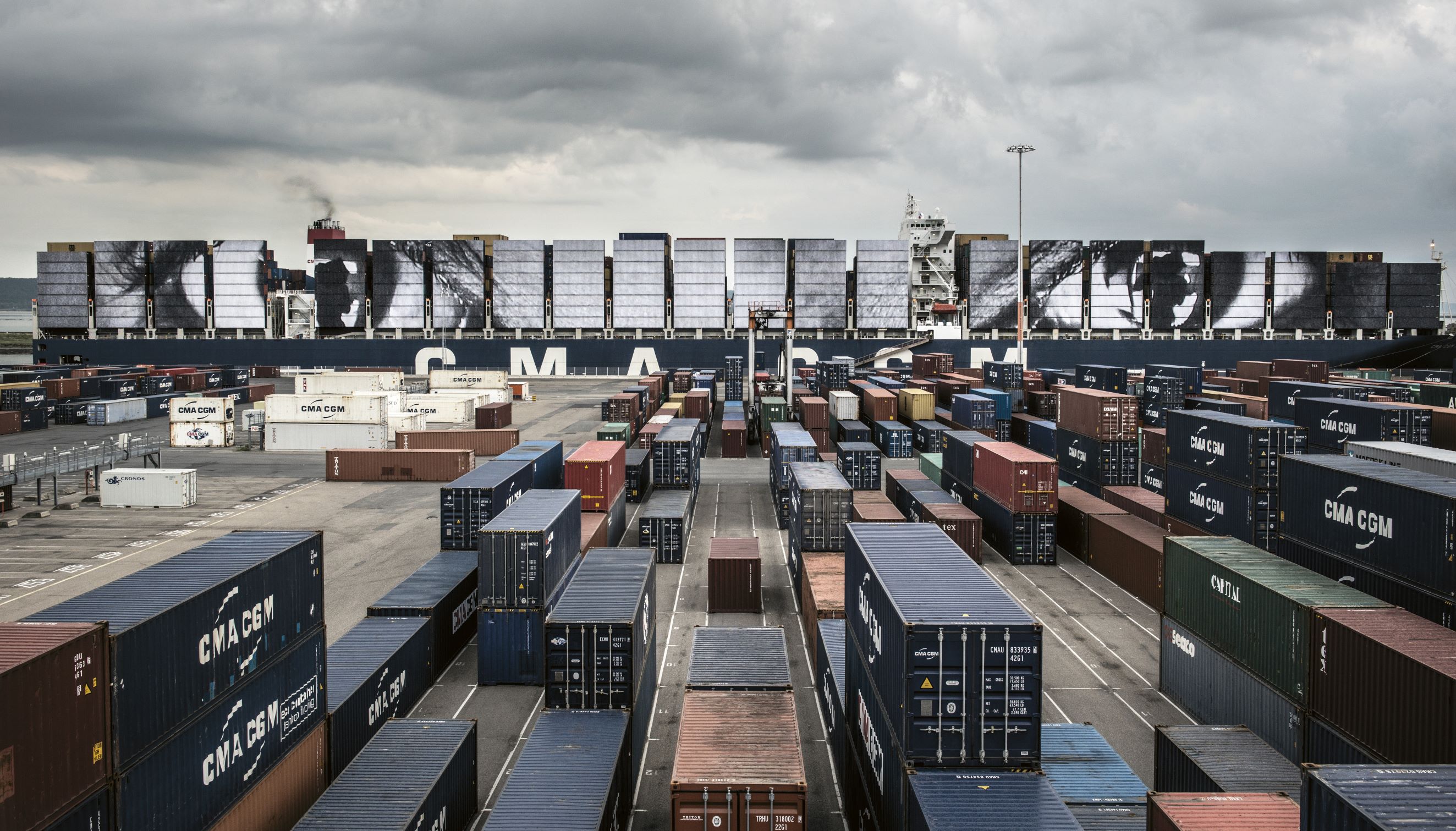
“Inside Out spread like wild fire. No longer limited by JR actually having to be at each site, and instead acting as a facilitator of mass participation, the project appeared across the globe simultaneously. A global network emerged, with participants able to both act locally and share an international platform.
“JR is neither the first nor the last artist to embrace participation as a form of aesthetic. But while contemporary art often focuses on the immediate experience in a gallery or in a public space, JR took it one step further with a global audience.
“Those participating did not need to know anything about contemporary art as long as they understood a universal language of image-making in order to appreciate and participate in the work. This sense of a universal language of image-making is perhaps not only what has allowed JR’s work to gain global appreciation but also what has encouraged the participation from people from every walk of life, from every corner of the globe.
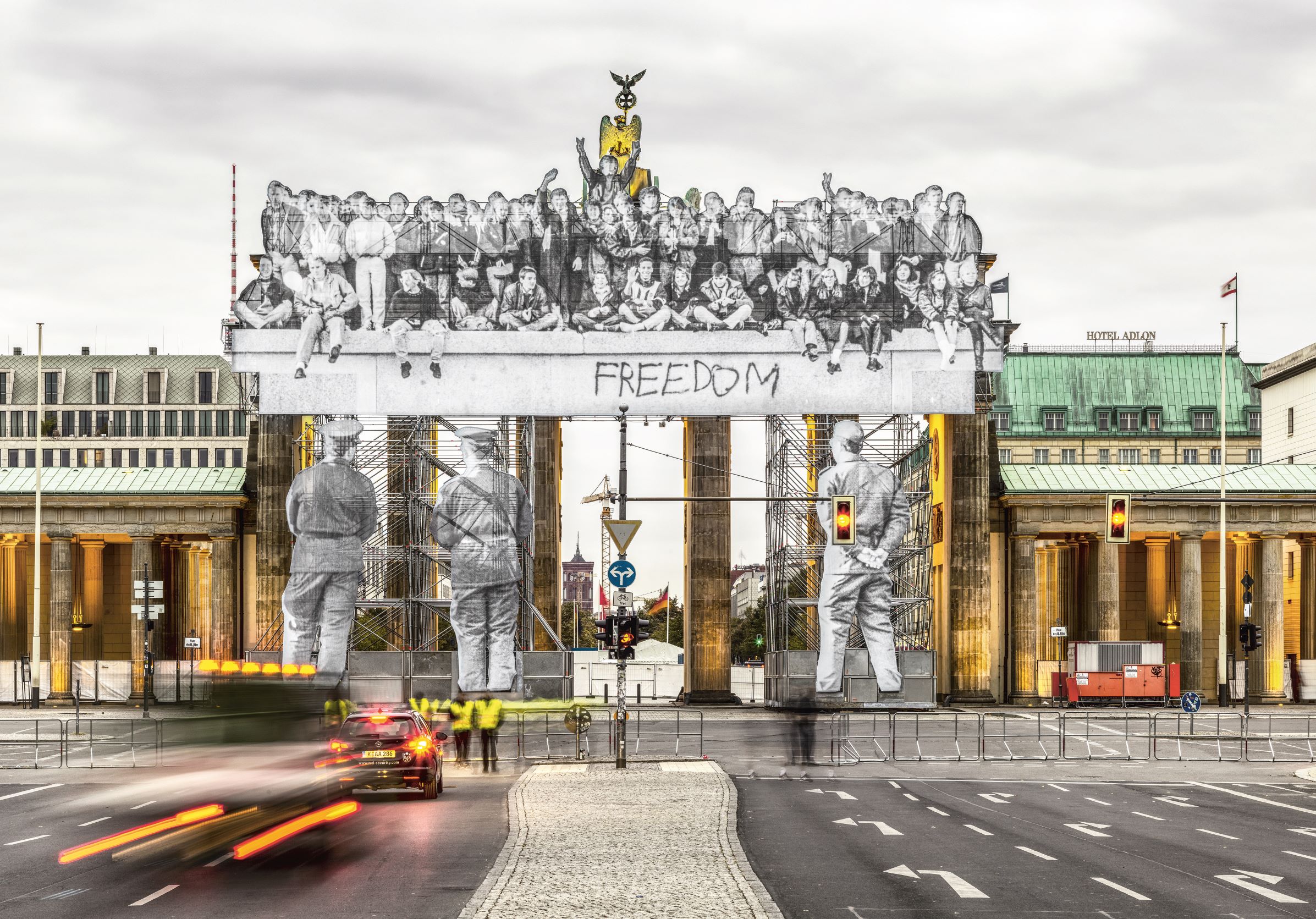
“Increasing the participatory nature of the project, JR and his team developed photobooth trucks that provide the opportunity for the curious to have their photograph taken and receive an instant, large-format, black and white printout to take and paste.
“JR’s images – whether shot by him or taken in a photobooth or by participants in Inside Out – sit within an evolving history of the camera and its language of selfies, of social media and, in general, of a world population increasingly aware of taking pictures and being in pictures.
“In JR’s photographs, those photographed are very aware of the camera, so the photographs are always taken with a deep appreciation that the subject is aware of their own mediatization. While many participants used Inside Out as an opportunity to highlight members of a community or express solidarity around narratives of peace or tolerance, at times the project came up against unexpected opposition. Public space is a contested space and community is, more often than not, a series of various contradicting opinions.
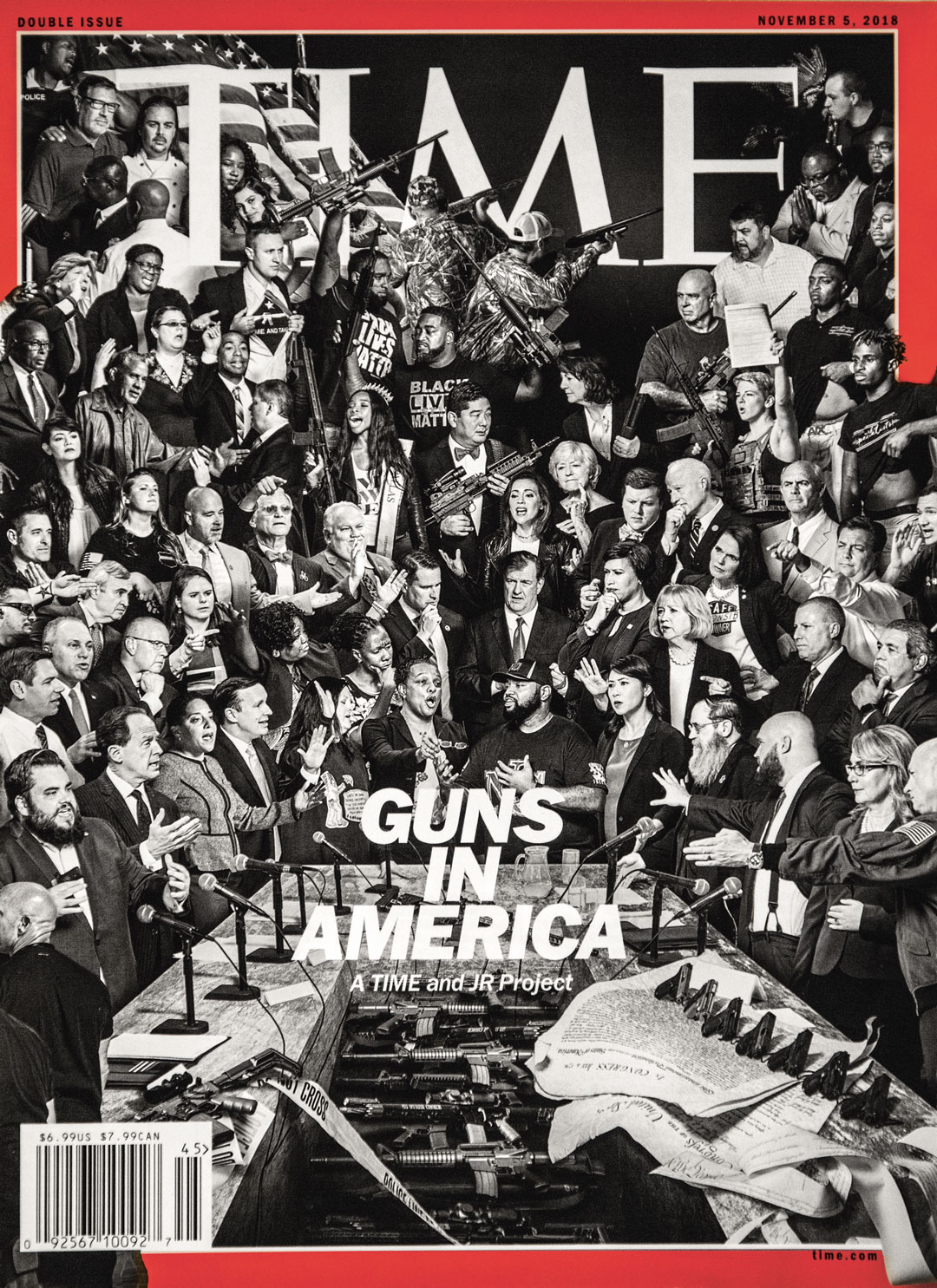
“JR’s work continues not only to grow but also to find itself inside the heart of large-scale social movements with images as part of the conversation. On 13 December 2014, JR printed photographs to support a march against police violence in New York. The images were of the eyes of Eric Garner, a man who died in police custody in Staten Island after being subjected to a chokehold that was caught on camera.
“Protests erupted and, as they reached New York, JR’s placards of Garner’s eyes found their way to the front of the march – piercing, looking for justice – as protesters moved through the streets of the city.
“The eyes that marched across the city said something about people needing to be heard and needing the global community to march with them. These eyes said everything about photography, about art, about the cities we all live in and, ultimately, about humanity.
“Similarly, his latest Chronicles have tackled a range of topics – from firearms in the US to inequalities in San Francisco. Inherently public, these massive images show the intricate ways in which communities coalesce around a subject.”
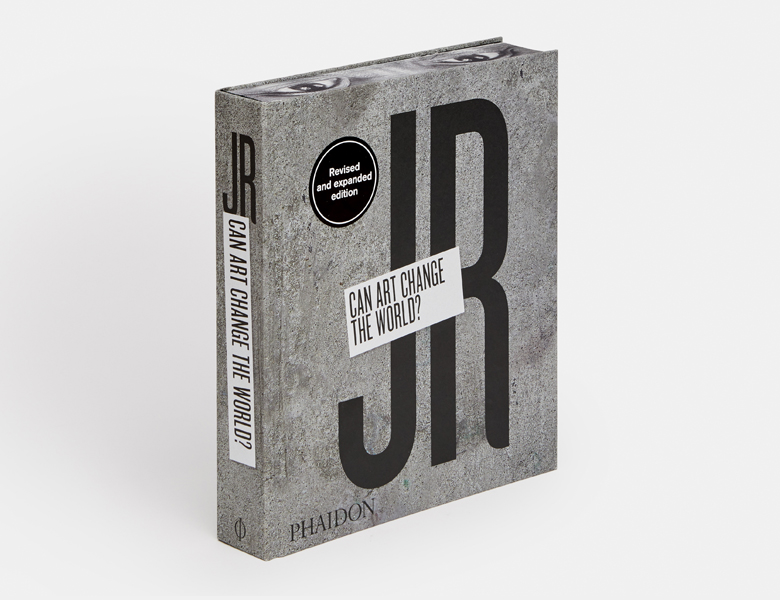
To see these images and more order a copy of our newly updated and revised book, JR: Can Art Change the World? here.